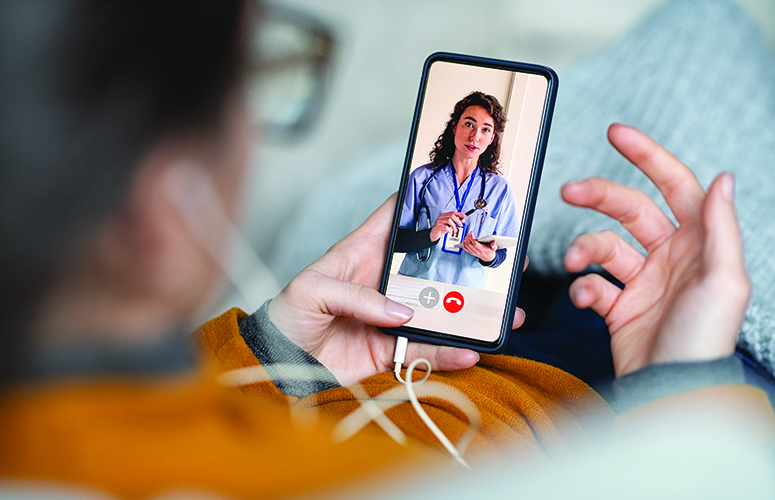
How Telehealth Is Changing Healthcare
By Kyle Sullender, Executive Director of Focus NJ On Dec 1, 2023Telehealth, in the BROADEST sense, became part of the healthcare industry as early as the late 19th century thanks to the invention and adoption of the telephone. In 2023, the internet has dramatically changed the form and potential of remote services.
Today, the ability of patients and care providers to connect, perform diagnostics, and offer treatment using video conferencing and other digital programs has generated countless possibilities for the delivery of health services without the need for in-person visits.
The potential advantages of these innovations are many. Broader adoption of telehealth services could improve health outcomes, increase access to services for underserved communities, and decrease the spread of infectious illnesses inside of care centers, to name just a few.
While these advantages led to limited utilization of telehealth services in the 21st century, the emergence of the COVID-19 pandemic in 2020 had a dramatic effect on their prevalence.
In December 2019, telehealth services represented less than 1% of all medical claim lines, according to FAIR Health, a national nonprofit organization which uses healthcare claims records to track utilization of health services. During the early months of the pandemic, telehealth claims skyrocketed, reaching as high as 13% of all medical claim lines, FAIR Health estimated.
Even in 2023, telehealth claims continue to represent more than 5% of all medical claim lines, a dramatic increase from just four years ago.
A policy brief issued in April from the Assistant Secretary for Planning and Evaluation (ASPE), which advises the U.S. Secretary of the Department of Health and Human Services, found similar results, stating that telehealth use rates from April 2021 through August 2022 fell below pandemic-era levels, but continued to far exceed pre-pandemic conditions.
The ASPE also found that the highest rates of utilization were among those covered by Medicaid, but also found disparities related to video telehealth access among older patients, people of color, and those with low technology literacy, pointing to just one of the challenges still facing widespread deployment of this technology.
The continued utilization and adoption of telehealth services will have significant effects on the training and education of care providers as well as stimulate policy discussions regarding insurance coverage related to telehealth claims for Medicaid and Medicare recipients, as well as for those covered privately.
To access more business news, visit NJB News Now.
Related Articles:





